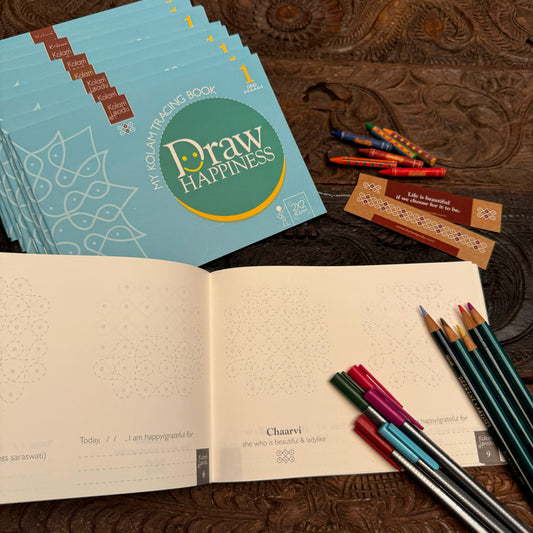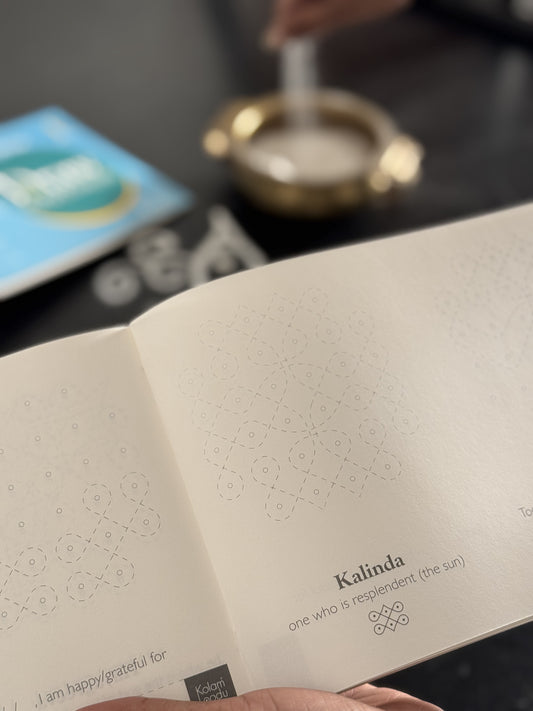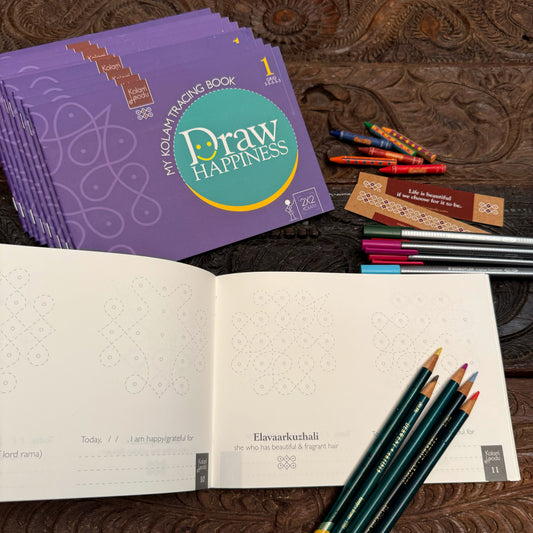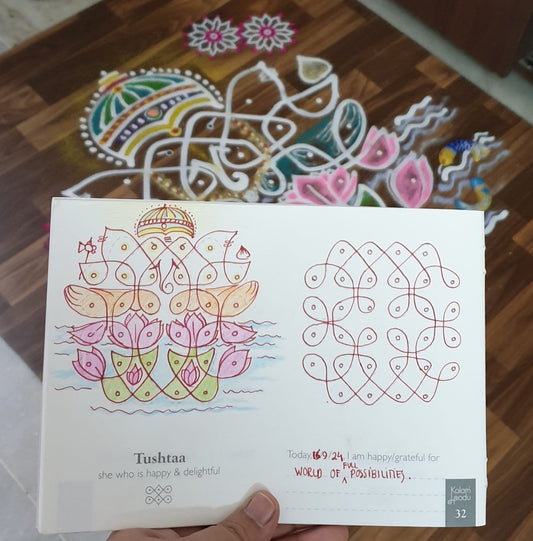Drawing kolam enhances motor skills coordination by involving precise hand movements, bilateral coordination, and sensory-motor integration. The cerebellum, responsible for motor coordination, benefits from the practice of intricate designs and sequential movements. Kolam fosters fine motor skills, improves proprioceptive feedback, and refines motor planning abilities. With consistent practice, individuals develop patience, attention to detail, and perseverance. Engaging in this creative art form provides a fulfilling way to enhance motor skills coordination, positively impacting various aspects of life.
Motor skills coordination refers to the ability to perform precise movements and actions using different muscle groups in a coordinated manner. It involves the integration of sensory information, such as proprioception (awareness of body position) and tactile feedback, with motor commands to execute smooth and accurate movements. Motor skills coordination is essential for various activities, from basic tasks like writing and eating to more complex activities like playing sports or drawing.
The area of the brain that controls motor skills coordination is the cerebellum. The cerebellum is located at the back of the brain, underneath the cerebral hemispheres. It acts as the brain's "movement coordinator," receiving sensory inputs from various parts of the body and coordinating muscle movements to ensure precise and well-timed actions.
Drawing kolam can help improve motor skills coordination in the following ways:
- Fine Motor Skills: Drawing kolam involves intricate hand movements and precise control of the fingers and wrists. Regular practice of these fine motor movements can strengthen the connections between the brain and the muscles involved, leading to improved motor skills coordination.
- Bilateral Coordination: Many kolam designs require symmetrical patterns, which involve using both hands simultaneously. This bilateral coordination challenges the cerebellum to coordinate movements between both sides of the body, leading to enhanced motor skills coordination.
- Proprioceptive Feedback: As individuals draw kolam, they receive proprioceptive feedback from their movements. This feedback helps the brain to refine and adjust motor commands, leading to more accurate and coordinated movements over time.
- Motor Planning: Planning and executing kolam designs involve sequential motor actions. Engaging in this process repeatedly helps the brain improve motor planning skills, which are vital for executing complex movements smoothly.
- Sensory-Motor Integration: Drawing kolam involves integrating visual information (the pattern to be drawn) with motor commands (the actual movements). This sensory-motor integration enhances the connections between the visual and motor areas of the brain, leading to improved coordination.
- Continuous Practice: The regular and repetitive nature of drawing kolam provides ongoing practice for motor skills coordination. Like any skill, consistent practice helps the brain to refine and optimize motor coordination abilities.
- Patience and Persistence: Drawing kolam often requires patience and persistence to complete intricate designs. This fosters the development of perseverance and attention to detail, which are essential components of motor skills coordination.
Overall, drawing kolam is a creative and enjoyable way to enhance motor skills coordination, as it engages the cerebellum and other brain regions involved in sensory-motor integration. Through continuous practice and mindful movements, individuals can improve their fine motor skills, bilateral coordination, and motor planning abilities, contributing to more precise and coordinated movements in various aspects of life.
Kolam in Tamil Nadu is muggulu in Andhra Pradesh and Telangana, rangoli in Maharashtra, hase and rangavali in Karnataka, alopana in Bengal, to name a few.
Life is beautiful if we choose for it to be. Let’s draw happiness!







